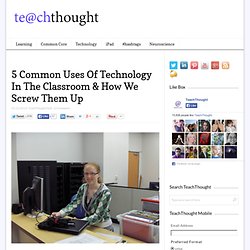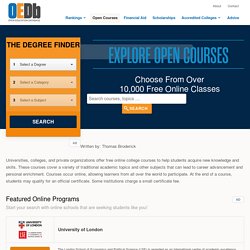

Kristin Bayes
Ten Sites Supporting iPads In Education… A Post Of Resources. Performing Arts. Recreational & Performing arts. Learning - Performing Arts. ToonsTunes - Making music fun for kids! Free Music Worksheets and Music Coloring Pages for Kids. Music Worksheets and Coloring Pages Welcome to tlsbooks.com, where you'll find a variety of free music worksheets and coloring pages for home and school use.

You'll find music worksheets designed to promote fine motor skills, printing practice, instrument recognition and much more. This portion of our web site is in its infancy and we will be adding new material as it becomes available. Please check back periodically to see what's new! It is our hope that the music worksheets and coloring pages we provide will provide a basic introduction to the wonderful world of music and spark an interest in each child to expand upon their music education. You may print our music worksheets for your own personal, non-commercial use only. In order to view and print these worksheets you will need to have Adobe Reader version 6 or later. Technology for Special Ed. Special Education Apps. Special Education Apps for iPad. Add In my classroom , I was blessed to have students from amazingly diverse backgrounds and with an array of skills and strengths.
I worked relentlessly to build in supports and foster an inclusive community for all of my students. This meant cutting, laminating, velcro-ing, washing, re-making, and constructing what felt like a million supportive learning devices for my students with and without special needs. Now, having an iPad, I often play around with apps that I realize would have been incredibly beneficial for my students with special needs. iPads in Education. 5 Common Uses Of Technology In The Classroom & How We Screw Them Up. Using technology to enhance learning is an incredibly exciting idea, and as an area of education is growing fast.

Blended learning, mobile learning, connectivism, and other increasingly popular ideas all owe their existence to technology. But the reality in the majority of public schools in the United States is less than cutting edge. While there is little data available to pinpoint exactly what is being done where, five of the more common applications of technology in the classroom appear below. The unfortunate reality here is that in lieu of significant progress in how technology is used in the learning process, significant work remains to do a better job understanding how these tools can function to increase depth of knowledge, learning curiosity, and critical thinking skills. Below we look at five of the most common uses of technology in the classroom: websites/social media, computer-based reading programs, computer-based assessment, and laptops/iPads. 1. 2. 3. 4. Top 50 Mobile Learning Resources.
200 Free Online Classes to Learn Anything. Written by: Thomas Broderick Universities, colleges, and private organizations offer free online college courses to help students acquire new knowledge and skills.

These courses cover a variety of traditional academic topics and other subjects that can lead to career advancement and personal enrichment. Courses occur online, allowing learners from all over the world to participate. At the end of a course, students may qualify for an official certificate. Some institutions charge a small certificate fee. Most online courses provide an introduction to a topic, although there are some intermediary and advanced courses. Some free college courses use the term massive online open course (MOOC). Six Habits of Highly Empathic People.
If you think you’re hearing the word “empathy” everywhere, you’re right.

It’s now on the lips of scientists and business leaders, education experts and political activists. But there is a vital question that few people ask: How can I expand my own empathic potential? Empathy is not just a way to extend the boundaries of your moral universe. According to new research, it’s a habit we can cultivate to improve the quality of our own lives. But what is empathy? The big buzz about empathy stems from a revolutionary shift in the science of how we understand human nature. Over the last decade, neuroscientists have identified a 10-section “empathy circuit” in our brains which, if damaged, can curtail our ability to understand what other people are feeling. But empathy doesn’t stop developing in childhood. Habit 1: Cultivate curiosity about strangers Highly empathic people (HEPs) have an insatiable curiosity about strangers. Psychology, Education, Creativity. Brené Brown: The power of vulnerability.
Elizabeth Gilbert on nurturing creativity. Sir Ken Robinson: Bring on the learning revolution! Ken Robinson says schools kill creativity. The element. Education Reform. 2020 Forecast: Creating the Future of Learning. Unschooling. Philosophy[edit] Children are natural learners[edit] A fundamental premise of unschooling is that curiosity is innate and that children want to learn.

From this an argument can be made that institutionalizing children in a so-called "one size fits all" or "factory model" school is an inefficient use of the children's time, because it requires each child to learn a specific subject matter in a particular manner, at a particular pace, and at a specific time regardless of that individual's present or future needs, interests, goals, or any pre-existing knowledge he or she might have about the topic. Technology in use.